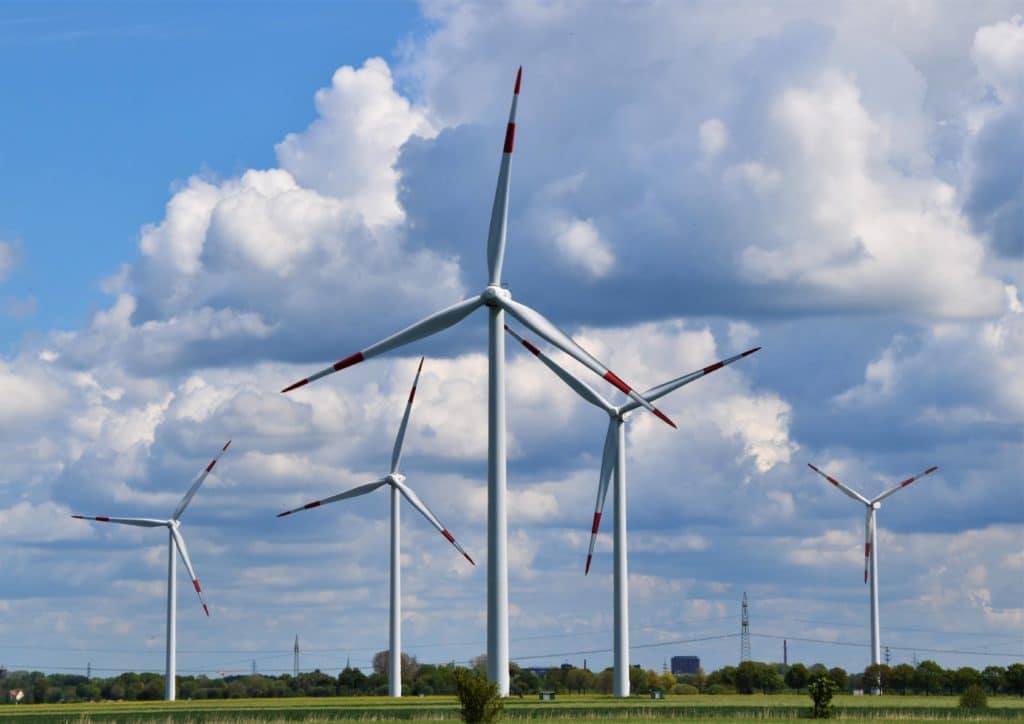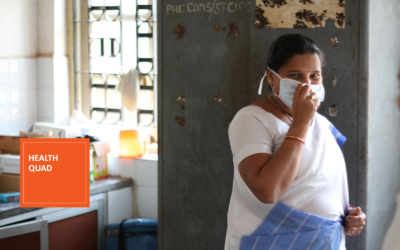Impact investing has always been a matter of balance. Most endeavours of social entrepreneurs, while having a great positive impact, still come with some negative externality. Whether you are investing in education, health, housing or agriculture. So how to truly invest for impact? The key, in our opinion, is to be aware of all externalities, and focus capital on companies with the best balance between positive and negative impacts.
The field of renewable energies is a great example of the need to find the right balance. As electricity consumption raises globally and natural resources deplete, a major shift is rightly occurring towards green or clean sources of energy.
There is no doubt that investing in the development of renewable energies is a step in the right direction. Our society will continue needing energy. Thus, developing and investing in sensible greener energy solutions is crucial. Yet, the balance in this field can be hard to strike. While we are great advocates for green energies, we are also aware that producing any type of energy comes, as any activity, with some sort of negative environmental impact. Clean energies can come with their own caveats: from their intermittence, to their recyclability to their impact on biodiversity.
Today, we want to open the discussion with our community. How can we make the best energy-related investment decisions for our planet? In this article, we share some first ideas on how to invest for impact in the energy field, while minimizing the less desired side effects.

Taking a holistic & local approach to energy: one solution does not fit all.
As impact investors, we seek to balance positive social & environmental impact with financial return, taking into account both positive & negative externalities, and ensuring the outcome leads to a fairer, more sustainable society.
At KOIS, we regularly analyse investment opportunities from companies seeking to have a positive impact on our planet. To aim for impact, we try to apply a holistic reasoning, on a differential basis, and taking into account all local specificities. One solution does not fit all. Each country, region or city has a different energy mix. One must look at the negative and positive impact of each project in the short, medium and long term.
As investor in, and board member of BEE, a developer of locally generated renewable energy in Belgium, we review projects on a regular basis. BEE’s latest project is a € 100 million biomass energy plant in Belgium. The sourcing of fuel for biomass is a critical question in its sustainability. In this case, the project will use demolition wood, rather than forest wood. The plant will process around 150,000 tons of demolition waste wood per year. This will supply heat to a neighbouring industrial facility and electricity to the grid.

Another example is that of wind turbines. Ensuring a sustainable solution requires considering their end of life from the beginning. For instance, France legally requires a € 50K budget to be set aside for the dismantling of each wind turbine. This budget can also ensure the recycling of all parts: from metal rotors and masts to the less easily recyclable fiber glass/composite blades. Recycling options for blades are progressively developed. This is the case of Global Fiber Glass inc, which recycles blades for new composite.
However, few countries require such a dismantling budget. A best practice would be to include an amount for proper dismantlement and recycling as part of the business plan and financing.
Comprehensive impact measurement: a condition for optimal energy investments
Finding a solution to the green energy equation is unavoidable. Our society will continue needing energy and more investments in greener alternatives are needed to move us forward. However, they need to be done with the right balance.
In this context, comprehensive impact measurement frameworks are vital in order to force investment managers to properly analyse each deal. Some interesting solutions, such as the Impact Management Project, already exist. They enable analysts to review each investment opportunity in a standard and organized way, but also help them track impact and externalities throughout the investment life cycle. Solutions are never white or black, but such frameworks should enable investment managers to pick the best shade of grey.
At KOIS, impact assessment sits at the core of what we do. We are always looking for new & better ways to assess impact, to ensure our operations ultimately lead to a positive impact. In fact, we believe this is a way to ensure we invest in a truly more sustainable future. But, like many in this fast-evolving sector of impact investing, we still have much to learn and love to be challenged. Throughout our work, we wish to increasingly support renewable energy, and we are on the lookout for ways to do it better.
What is your way of investing for impact in energy?




